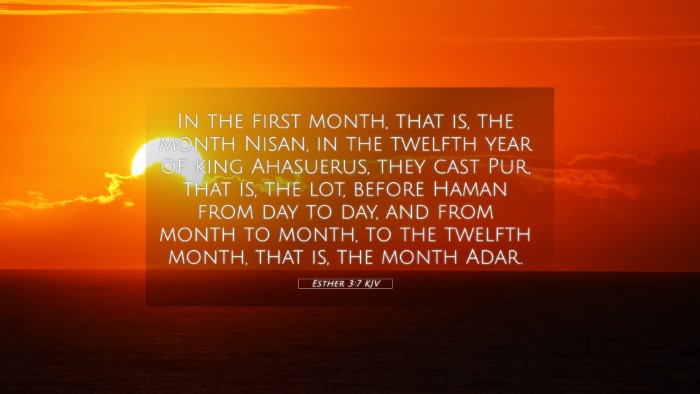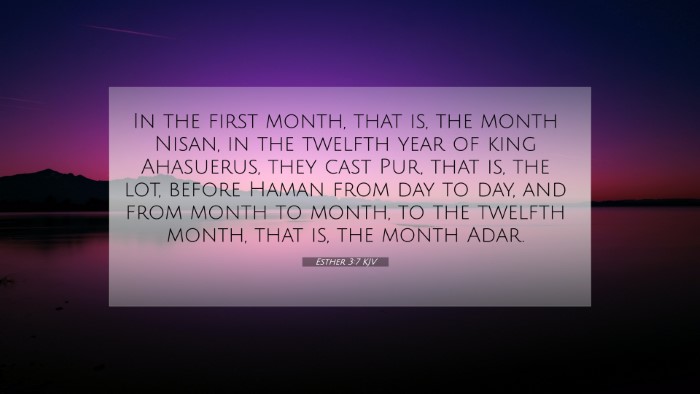Old Testament
Genesis Exodus Leviticus Numbers Deuteronomy Joshua Judges Ruth 1 Samuel 2 Samuel 1 Kings 2 Kings 1 Chronicles 2 Chronicles Ezra Nehemiah Esther Job Psalms Proverbs Ecclesiastes Song of Solomon Isaiah Jeremiah Lamentations Ezekiel Daniel Hosea Joel Amos Obadiah Jonah Micah Nahum Habakkuk Zephaniah Haggai Zechariah MalachiEsther 3:7 Similar Verses
Esther 3:7 Cross References
In the first month, that is, the month Nisan, in the twelfth year of king Ahasuerus, they cast Pur, that is, the lot, before Haman from day to day, and from month to month, to the twelfth month, that is, the month Adar.
Uncover the Rich Themes and Topics of This Bible Verse
Listed below are the Bible themes associated with Esther 3:7. We invite you to explore each theme to gain deeper insights into the Scriptures.
Esther 3:7 Cross Reference Verses
This section features a detailed cross-reference designed to enrich your understanding of the Scriptures. Below, you will find carefully selected verses that echo the themes and teachings related to Esther 3:7 KJV. Click on any image to explore detailed analyses of related Bible verses and uncover deeper theological insights.
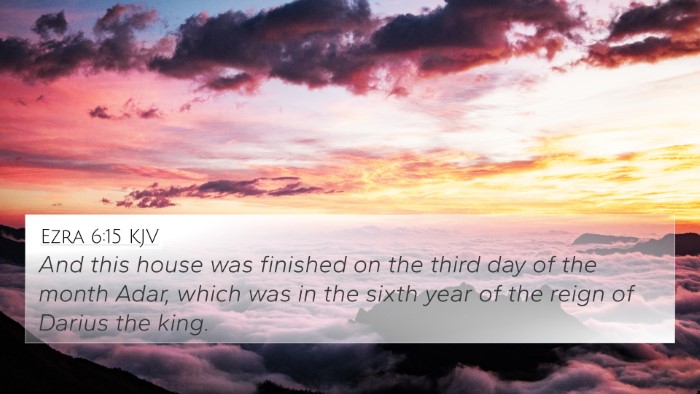
Ezra 6:15 (KJV) »
And this house was finished on the third day of the month Adar, which was in the sixth year of the reign of Darius the king.
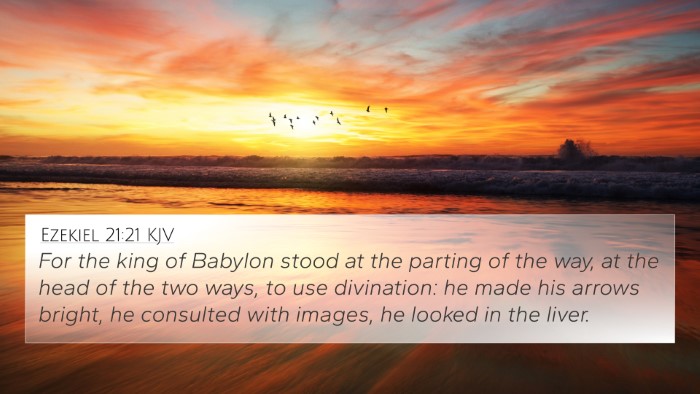
Ezekiel 21:21 (KJV) »
For the king of Babylon stood at the parting of the way, at the head of the two ways, to use divination: he made his arrows bright, he consulted with images, he looked in the liver.
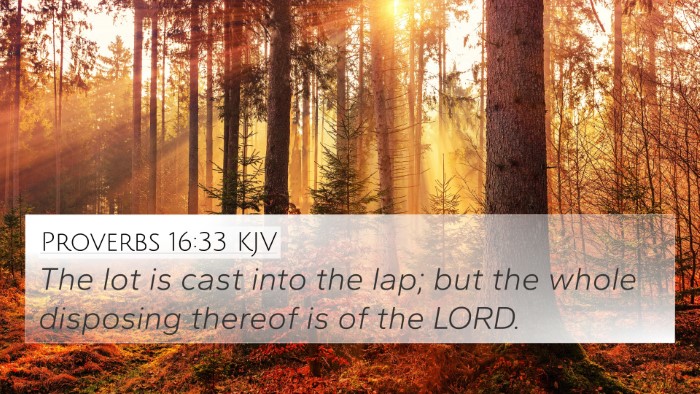
Proverbs 16:33 (KJV) »
The lot is cast into the lap; but the whole disposing thereof is of the LORD.
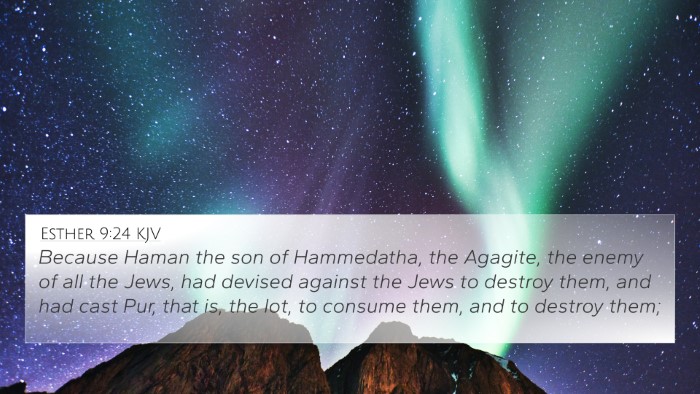
Esther 9:24 (KJV) »
Because Haman the son of Hammedatha, the Agagite, the enemy of all the Jews, had devised against the Jews to destroy them, and had cast Pur, that is, the lot, to consume them, and to destroy them;
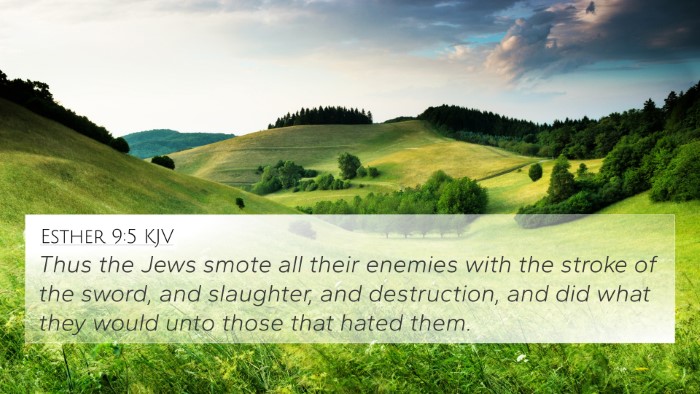
Esther 9:5 (KJV) »
Thus the Jews smote all their enemies with the stroke of the sword, and slaughter, and destruction, and did what they would unto those that hated them.
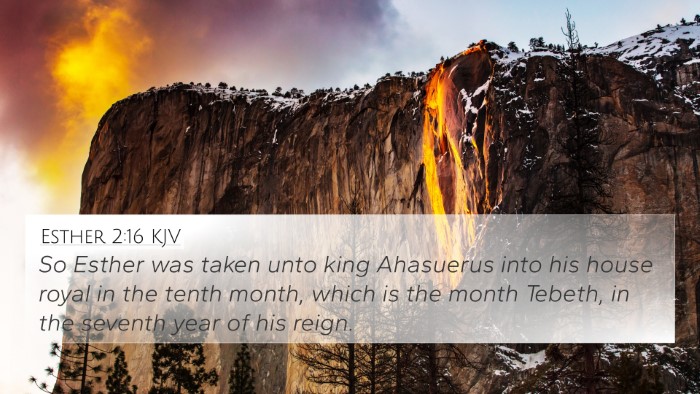
Esther 2:16 (KJV) »
So Esther was taken unto king Ahasuerus into his house royal in the tenth month, which is the month Tebeth, in the seventh year of his reign.
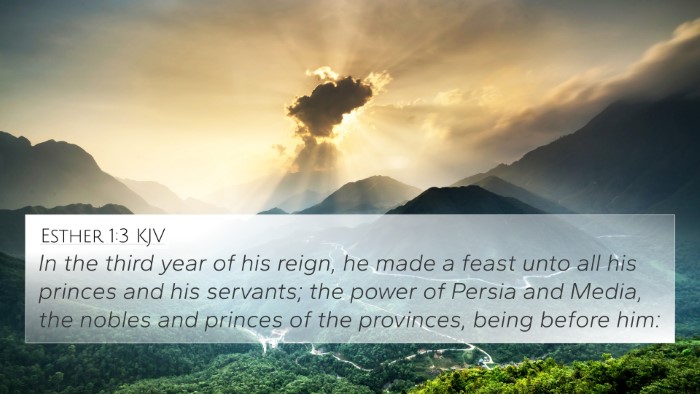
Esther 1:3 (KJV) »
In the third year of his reign, he made a feast unto all his princes and his servants; the power of Persia and Media, the nobles and princes of the provinces, being before him:
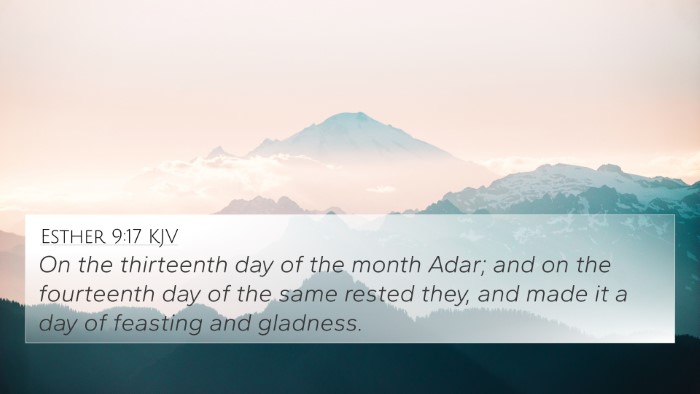
Esther 9:17 (KJV) »
On the thirteenth day of the month Adar; and on the fourteenth day of the same rested they, and made it a day of feasting and gladness.
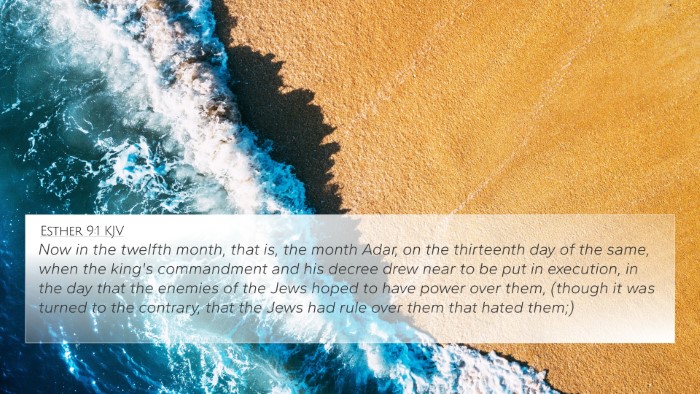
Esther 9:1 (KJV) »
Now in the twelfth month, that is, the month Adar, on the thirteenth day of the same, when the king's commandment and his decree drew near to be put in execution, in the day that the enemies of the Jews hoped to have power over them, (though it was turned to the contrary, that the Jews had rule over them that hated them;)
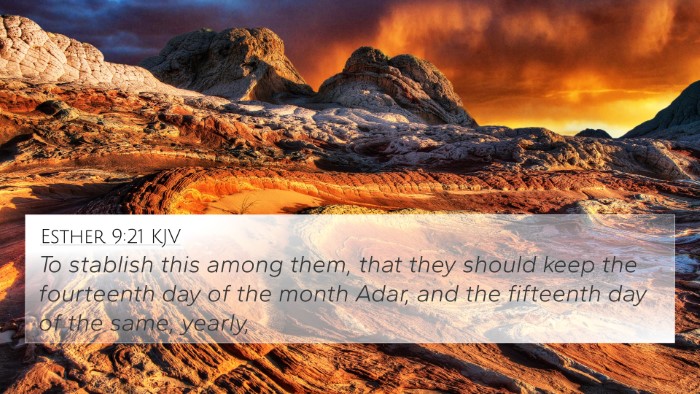
Esther 9:21 (KJV) »
To stablish this among them, that they should keep the fourteenth day of the month Adar, and the fifteenth day of the same, yearly,
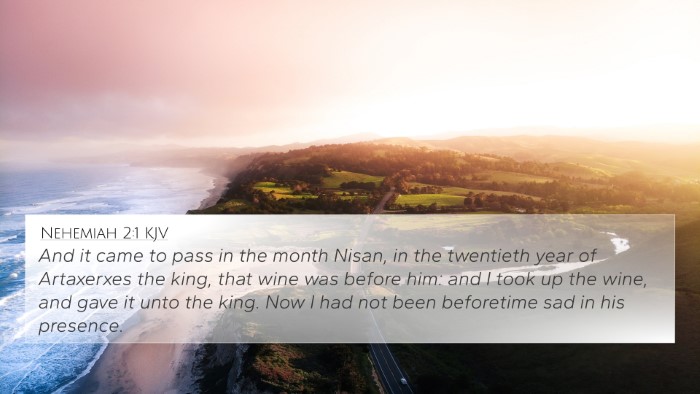
Nehemiah 2:1 (KJV) »
And it came to pass in the month Nisan, in the twentieth year of Artaxerxes the king, that wine was before him: and I took up the wine, and gave it unto the king. Now I had not been beforetime sad in his presence.

Matthew 27:35 (KJV) »
And they crucified him, and parted his garments, casting lots: that it might be fulfilled which was spoken by the prophet, They parted my garments among them, and upon my vesture did they cast lots.
Esther 3:7 Verse Analysis and Similar Verses
Understanding Esther 3:7
Esther 3:7 reads: "In the first month, which is the month Nisan, in the twelfth year of King Ahasuerus, they cast Pur, that is, the lot, before Haman from day to day, and from month to month, to the twelfth month, that is, the month Adar."
This verse is pivotal in the unfolding drama of the Book of Esther, as it sets in motion the events that lead to the plotting against the Jewish people. Below, we summarize insights drawn from public domain commentaries by Matthew Henry, Albert Barnes, and Adam Clarke.
Explanation and Insights
-
Historical Context:
Esther 3:7 occurs in the context of the Persian Empire under King Ahasuerus. The reference to the casting of lots (Pur) signifies a common practice of divination in ancient times, particularly to determine favorable outcomes.
-
Timing and Significance:
The mention of the first month (Nisan) is significant as it aligns with the Jewish New Year, a time typically associated with new beginnings, in stark contrast to the fate being plotted against the Jews. The timing emphasizes the gravity of the situation—while the Jews celebrate, their destruction is being planned.
-
The Role of Haman:
Haman, the antagonist in this narrative, is described as meticulously selecting the day for the Jewish people's annihilation through the casting of lots. This reflects how evil can often appear methodical and deliberate.
-
Theological Implications:
This verse highlights divine providence. While it seems that Haman is in control, the unfolding events ultimately reveal that God orchestrates the outcomes, ensuring the deliverance of His people.
Cross-References
Esther 3:7 connects with several other Biblical verses that enhance the interpretation of this event:
- Psalms 2:1-4: Reflects on the futile plans of kings against the Lord and His anointed.
- Proverbs 16:33: "The lot is cast into the lap, but its every decision is from the LORD," emphasizing divine sovereignty in seemingly random events.
- Esther 9:24-26: The fate of the Jews is ultimately reversed, showcasing God's protective hand.
- Isaiah 54:17: "No weapon formed against you shall prosper," reflecting God's promises of protection.
- Romans 8:31: "If God is for us, who can be against us?"—a profound reminder of God’s faithfulness amidst adversity.
- Matthew 27:35: Illustrating the casting of lots as a depraved human practice that ultimately serves divine purposes.
- Acts 1:26: The apostles casting lots to choose a successor for Judas, indicating the continuation of this practice in moments of seeking God’s will.
Thematic Connections
The themes in Esther 3:7 resonate deeply across scripture:
- Divine Providence: The overarching theme that God is active even when hidden.
- Opposition to God's People: Haman's plot parallels other scriptural narratives where God’s people are targeted.
- Faith and Courage: The faith displayed by Esther and Mordecai serves as a model for facing oppression.
Tools for Scripture Engagement
For those interested in exploring the connections between Bible verses, the following resources are invaluable:
- Bible Concordance: A helpful tool for finding specific terms and their occurrences throughout the Scriptures.
- Bible Cross-Reference Guide: A structured way to analyze how verses interplay with each other.
- Cross-reference Bible Study Methods: Approaches that encourage inter-Biblical dialogue and thematic exploration.
Conclusion
Esther 3:7 is a verse rich with historical context, theological significance, and a vivid portrayal of divine providence amidst human evil. By exploring its connections with other scriptures, readers can gain a fuller understanding of God's overarching narrative throughout the Bible.
Further Study
If you are looking to identify connections between Old and New Testament themes or seeking a comparative study of various Biblical texts, consider using cross-referencing tools and methods to deepen your study.

